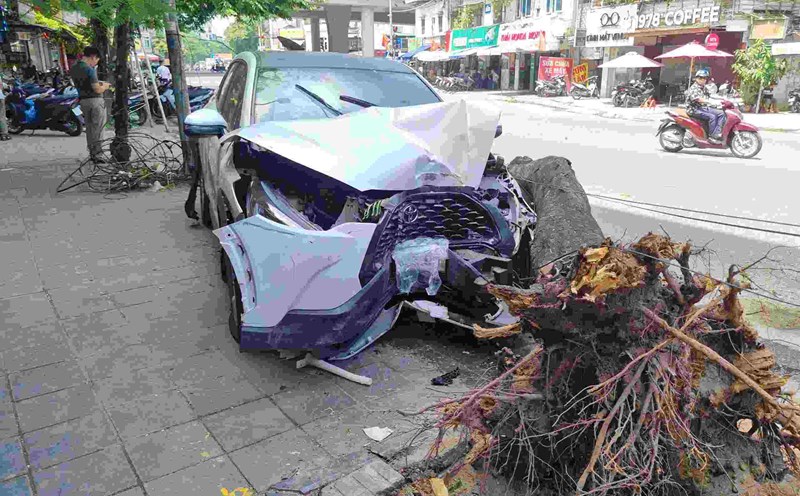In fact, one of the biggest barriers that makes many potential destinations unable to take off is the lack of initiative in management and initiative at the grassroots level.
Communes and wards that directly hold tourism resources such as relics, craft villages, landscapes, etc. often do not have enough authority to plan, organize, and mobilize resources, leading to a situation of disjointed and unconnected development.
Now, with the two-level government model, the administrative apparatus is being reorganized in a more streamlined and efficient direction, allowing localities to flexibly handle tourism-related issues right from the commune level.
This has been demonstrated in Hanoi, where the new model is creating clear movements in community tourism development. Communes such as Ung Thien ( Ung Hoa) have proactively reviewed the destination system, reorganized tourist routes, promoted the advantage of craft villages to reposition local brands.
Or in Hue, the new management model also helps travel agencies and investors more conveniently when implementing inter-local projects, reducing procedures through many levels of administration as before.
In parallel with institutional reform, hard infrastructure and digital infrastructure are also being promoted to accompany tourism.
The connection of sectors such as transportation, logistics, aviation, agriculture, etc. creates new value chains, forming more diverse and attractive inter-regional tourism products.
No longer a closed route, localities can now cooperate to build thematic experiences, such as agricultural tourism, health tourism, river tourism... to attract groups of customers with high spending and personalized needs.
Another important lever for tourism is technology. With the two-level government closer to the people, the implementation of smart tourism platforms, from digital maps, service booking applications, to monitoring and feedback systems at the destination, will become easier and more effective.
The bright spot in the tourism picture in the first 6 months of 2025, with the highest growth rate of international visitors in Asia - Pacific, is the result of synchronous participation from institutions to the market.
However, to maintain this recovery momentum, the tourism industry needs to continue to make full use of opportunities from the new government model, infrastructure investment and digital transformation.
When each commune and ward is "activated" as a creative tourism unit, when localities cooperate instead of competing individually, and when institutions, infrastructure, and technology work together synchronously, Vietnam tourism will have the opportunity to become a leading destination in the region.










